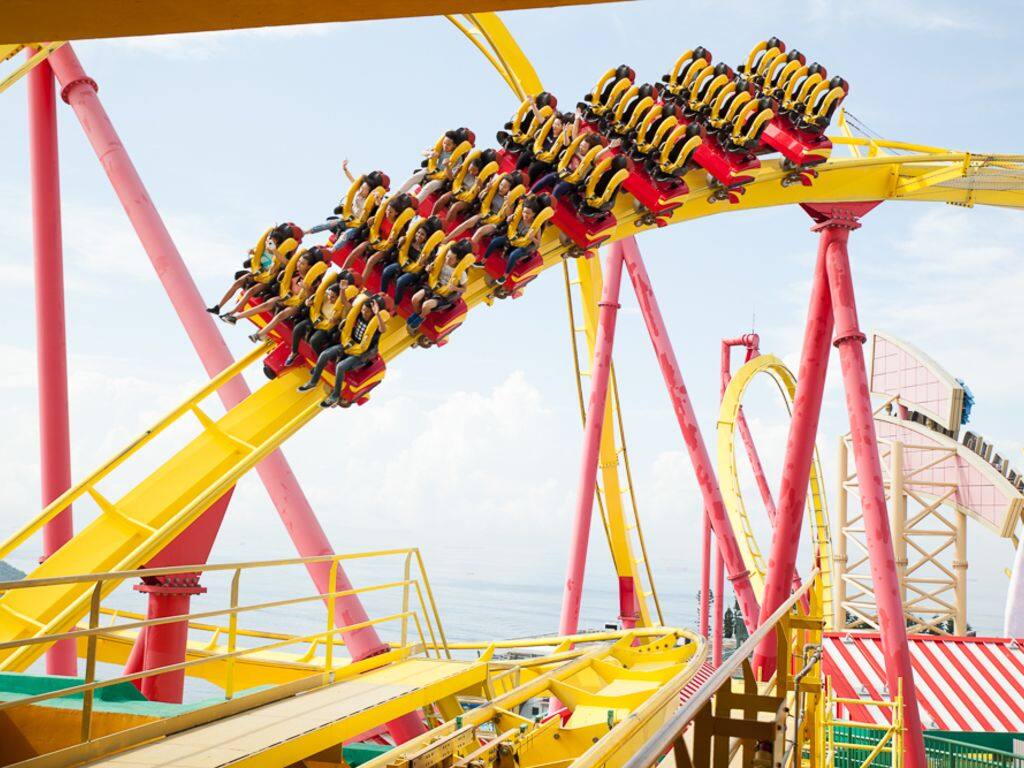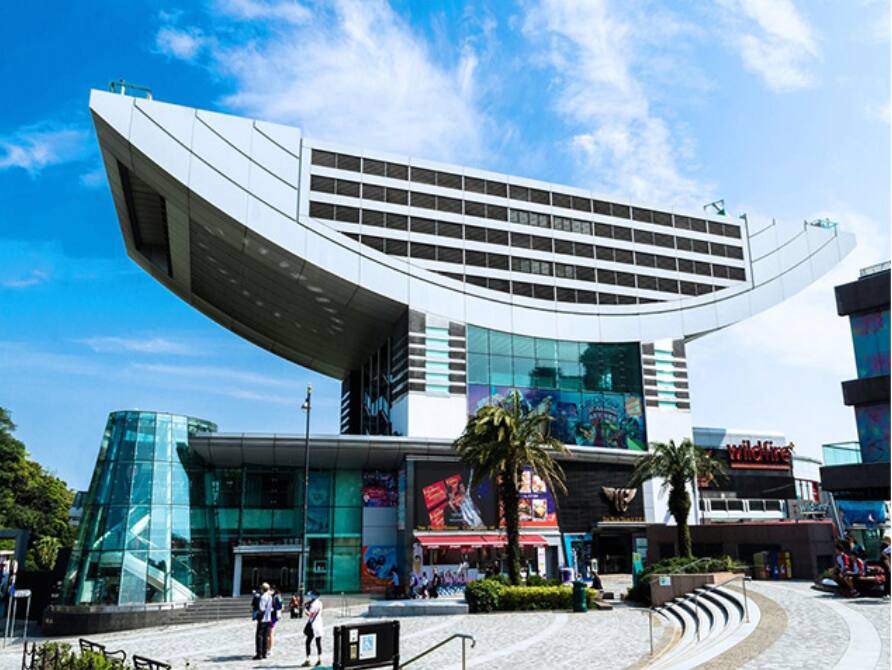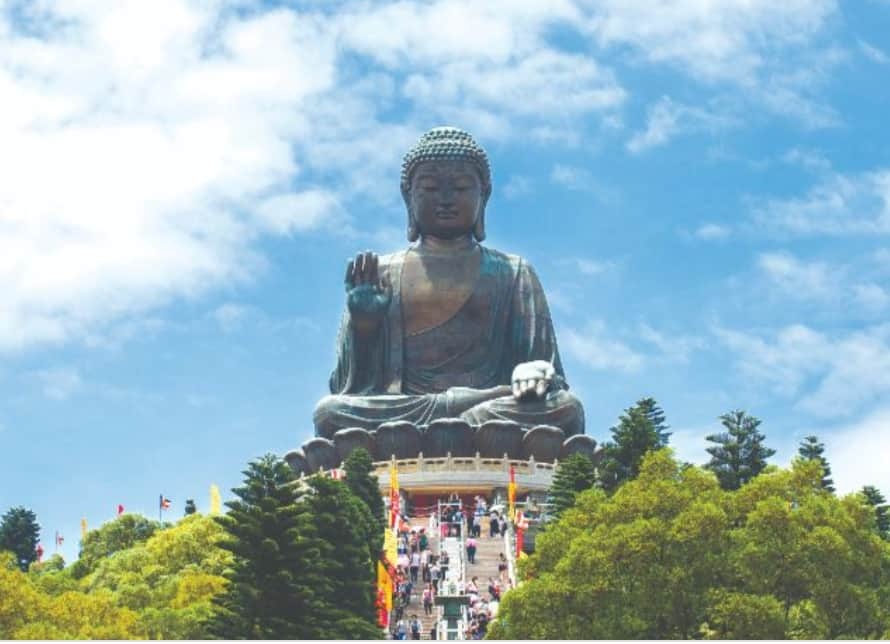



I've visited Hong Kong more times than I can remember. ‘Asia’s World City’—Hong Kong’s self-appointed title and a nod to its universal appeal— has enjoyed its reputation as a boisterous city, with its vibrant food, shopping and nightlife. One of Asia’s major business hubs, this glitzy metropolis attracts professional elites from across the globe, crammed into the glass and steel skyscrapers that dot the city’s skyline.
The crackdown on citywide pro-democracy protests in the year before the pandemic tarnished the reputation of this former British colony a bit as die-hard locals and foreigners fretted over the city’s broader loss of autonomy. Once the pandemic hit, this was exacerbated by the crushing Covid policies, often mirroring China’s own draconian approach, which then triggered an exodus of foreigners from Hong Kong’s shores.
Nevertheless, as the city relaxes rules, businesses open up and travellers and expats return, Hong Kong remains optimistic about reclaiming its status as a cosmopolitan hub.
The city primarily comprises Hong Kong Island, Kowloon, and the New Territories, and while the usual hangout spots are once again teeming with people, several new parts of the city have been refurbished to cater to a discerning clientele in a post-Covid world.
Hong Kong IslandLan Kwai Fong, the famed nightlife district in Central, is buzzing again as revellers throng the local bars and nightclubs. A few minutes away, close to the eastern end of Hollywood Road is Tai Kwun, once a cluster of government buildings that included the Central Police Station, Central Magistracy and Victoria Prison. This plot of land in the middle of SoHo has been remodeled into one of the city’s hippest heritage-arts venue. Visitors can enjoy an eclectic mix of visual arts, music and theatre performances, film screenings and educational programs as well as dine at a bevy of F&B outlets. Sample the Thai street food dining at Armoury Terrace overlooking Tai Kwun’s historic Parade Ground, or experience a unique east-meets-west vibe and delectable Cantonese fare at Madame Fu.
Another creative landmark is PMQ or ‘Police Married Quarters’, once a dwelling for married junior officers, and now a trendy arts and design venue hosting pop-ups and workshops.
Sheung Wan, once considered an inexpensive and crowded residential neighborhood bustling with rows of Chinese herbal medicine shops in congested streets is now an uber-cool gentrified area. This makeover has a distinct European flavour as expats who have settled in this district have opened numerous artisan cafes, trendy bars, studios and art galleries.
69 on Jervois is a stylish bistro in Sheung Wan, offering contemporary British fare, along with an occasional local twist. Right behind the restaurant is the aptly named Behind 69, a speakeasy bar ideal for cozy catch ups.
The extension of the MTR (mass transit railway) beyond Sheung Wan has played a huge role in transforming this neighbourhood, as the University of Hong Kong is now directly accessible.
No trip to Hong Kong is complete without a visit to The Peak, one of Hong Kong’s most popular attractions that offers stunning views of the city’s skyline along with plenty of shopping and dining experiences. Furthermore, the iconic Peak Tram has now been revamped with roomier tramcars featuring skylight ceilings and increased passenger capacity from 120 to 210.
Those itching for an adrenaline rush, head to Ocean Park, the second-largest amusement park in Hong Kong with a wide selection of attractions and rides. The Abyss, a high-octane 200 feet drop tower, has been my personal favorite on every single visit to this theme park.
In September 2021, Ocean Park expanded their offerings with the opening of Water World, Asia’s first all-weather, year-round water park.
 At Hong Kong's Ocean Park. (Photo: Hong Kong Tourism Board)Kowloon
At Hong Kong's Ocean Park. (Photo: Hong Kong Tourism Board)KowloonAcross the Victoria Harbour and a short ferry ride from Hong Kong Island is the mainland district of Kowloon. The heart and soul of Kowloon is Nathan Road, a 3.6-km stretch from the harbour front that’s lined with hotels, shops and heritage sites. This also happens to be the oldest road in Kowloon.
World-class cities have well-planned public spaces and the Avenue of Stars, Hong Kong’s own version of the Hollywood Walk of Fame, is a promenade built along the harbour in honour of famous movie stars from South-East Asia. This popular stretch has been a massive draw for visitors from across the globe, offering mesmerizing views of Hong Kong Island during the day and the city’s dramatic skyline at night.
The promenade has been recently redesigned and upgraded to enable visitors to click selfies with their favourite stars via AR technology, while also allowing them to read their detailed bios and watch key clips from their films.
The renovation is part of a larger project called Victoria Dockside that includes K11 Musea, a high-end mall with edgier boutiques, K11 Artus, a 5-star luxury residences complex, and a commercial office space skyscraper.
Another emerging neighbourhood that is stamping its authority on Kowloon’s recreational scene is West Kowloon Cultural District, a growing arts and cultural hub with performance and exhibition centres, plenty of open green spaces and a waterfront promenade with stunning views all around. A strip of cafes offer indoor as well as alfresco dining options, while the food trucks lining the promenade are ideal for a hearty take-out meal to be enjoyed in the lawns and open spaces.
Those with an appreciation for Chinese art and culture will fancy a visit to the newly opened Hong Kong Palace Museum that includes precious artefacts from the iconic Palace Museum in Beijing, as well as from other parts of the world.
Other places in the neighborhood that are worth a visit include M+, a museum of contemporary art; Art Park, a pet-friendly vibrant venue for live, open-air performances; and Xiqu Centre that features two theatres showcasing world-class productions of Chinese opera.
 The Peak, Hong Kong (Photo: Hong Kong Tourism Board)New Territories
The Peak, Hong Kong (Photo: Hong Kong Tourism Board)New TerritoriesTo the north of Kowloon lie the New Territories, a region that comprises the wetlands, parks and mountains in addition to encompassing outlying islands.
Tian Tan Buddha, or The Big Buddha, a 34-metre bronze statue is one of the biggest attractions here, situated on Lantau Island. On a clear day, it can be seen from across the bay - the 268 steps to reach the statue make for a compelling workout. The Big Buddha is an extension of Po Lin Monastery, founded over a century ago by three monks from the Chinese mainland.
Another attraction that puts Lantau Island on the map is Hong Kong Disneyland. While the popularity of this theme park is unparalleled and well-documented, it is worth noting that World of Frozen, a Frozen-themed land, is opening at the park in the second half of 2023 and is the first of three launching at Disney’s international parks.
The car-free Lamma Island is tranquil, with an abundance of natural scenery and has few residents, but remains a much sought-after spot by tourists, primarily for its hiking trails, as well as its top-class beaches.
 Tian Tan Buddha (Photo: Hong Kong Tourism Board)
Tian Tan Buddha (Photo: Hong Kong Tourism Board) Discover the latest Business News, Sensex, and Nifty updates. Obtain Personal Finance insights, tax queries, and expert opinions on Moneycontrol or download the Moneycontrol App to stay updated!
Find the best of Al News in one place, specially curated for you every weekend.
Stay on top of the latest tech trends and biggest startup news.